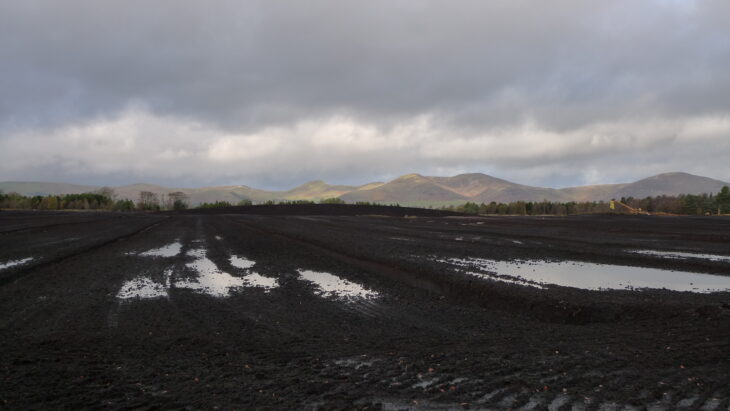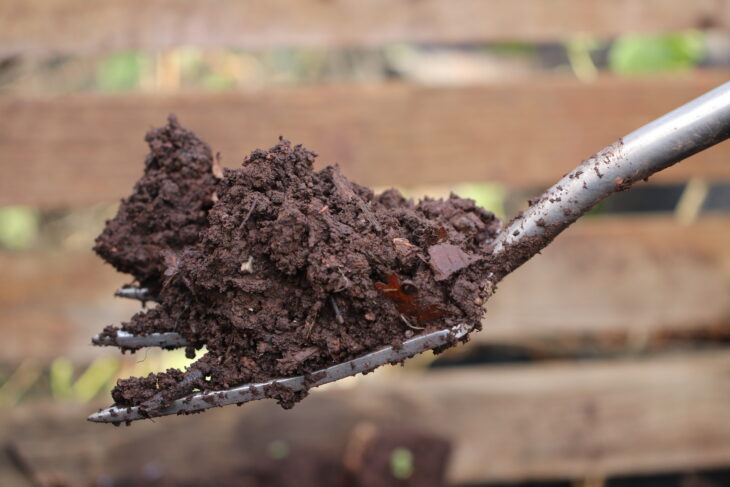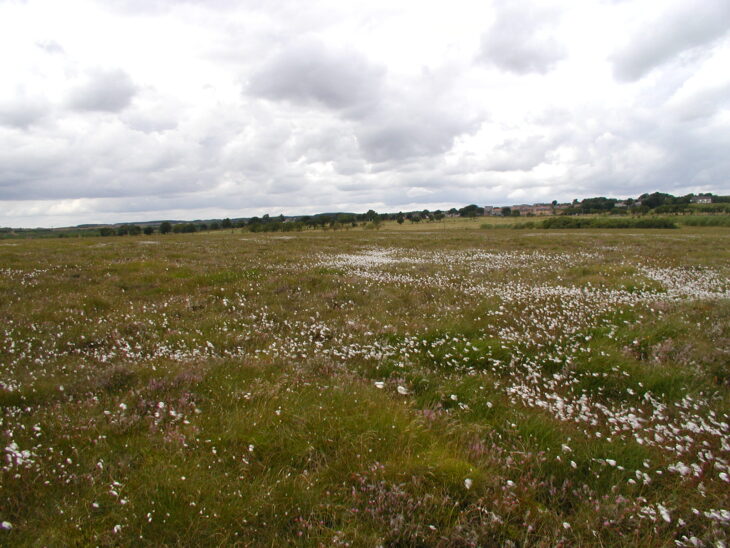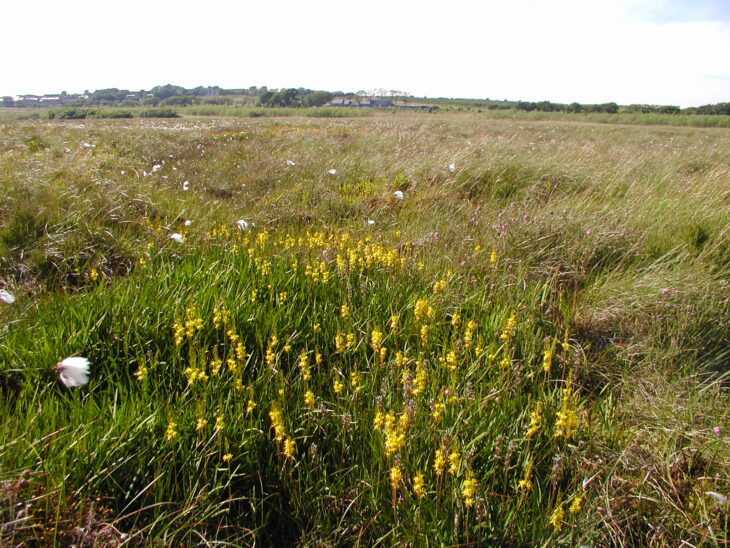Ending the Sale of Peat in Scotland
The Scottish Government released a Consultation on 17 February about plans for ending the sale of peat in Scotland. The consultation aims to gather the view of various stakeholders and the Scottish Wildlife Trust has submitted our response which you can read here.

Why are peatlands important?
Peatlands are unique environments that we need to protect. Scotland’s land is over 20% peatlands, a one-of-a-kind landscape that can capture and store near to 1600 million tones of carbon under the correct conditions. However, over 80% of Scottish peat is degraded, contributing to climate change by releasing carbon emissions.
Since the 1950s, peat has been used for horticultural purposes in the UK as a low-cost material for gardening. However, commercial peat extraction for horticulture involves peatland drainage and removal, seriously impacting biodiversity, climate change, and water availability.

How can we reduce the demand for peat?
The main thing you can do right now to stop commercial peat extraction is choosing commercially available peat-free compost. Over the years, numerous high-profile gardeners have moved to completely peat-free gardening methods, and more information has been available about compost alternatives. The IUCN UK Peatland Programme’s Peat-free Horticulture – Demonstrating Success’ (report and its recently updated version ‘Peat-free Horticulture – Demonstrating Success: Addendum Report (2023)’ report have determined that peat usage is not crucial for effective amateur or professional horticulture activities, as peat-free compost and organic raw materials such as bark, wood, fiber, coir, and other mixtures can replace peat gardening methods completely.
Time to put the bath plug in…

We risk hugely aggravating the nature and climate crisis – and the huge risks that it carries – if we do not stop damaging our peatlands. We urge the Scottish Government to ban peat extraction and sale for horticulture.
Vast sums of public money are being spent on restoring damaged peatland due to the recognition of the massive public benefit this brings in terms of fighting the nature and climate crisis, this can be thought of as “turning the bath taps on.” However, with commercial extraction of horticultural peat continuing, we have failed to “put the bath plug in.” In order to “fill the bath,” policymakers must turn on the taps and plug the bath.
The Scottish Wildlife Trust has a long history of promoting peatland restoration and advocating for biodiversity protection. We support the Scottish Government’s high-level ambition regarding the need for more robust measures to end the commercial extraction of peat for horticulture. However, to be convinced that the government is treating this as an urgent issue, we need more clarity on the timescales being considered.

We encourage amateur gardeners, professional gardeners, and other stakeholders to share their points of view on policy development and submit responses by 12 May. The overview documents and links for submission can be found here.
Danae Orellana
Terrestrial Policy Manager, Scottish Wildlife Trust
Support Scotland’s peatlands
Help us to protect and restore peatlands by donating to our Peatland Appeal today.
Help protect Scotland’s wildlife
Our work to save Scotland’s wildlife is made possible thanks to the generosity of our members and supporters.
Join today from just £3 a month to help protect the species you love.
Preface
The Scottish Government released a Consultation on 17 February about plans for ending the sale of peat in Scotland. The consultation aims to gather the view of various stakeholders and …
